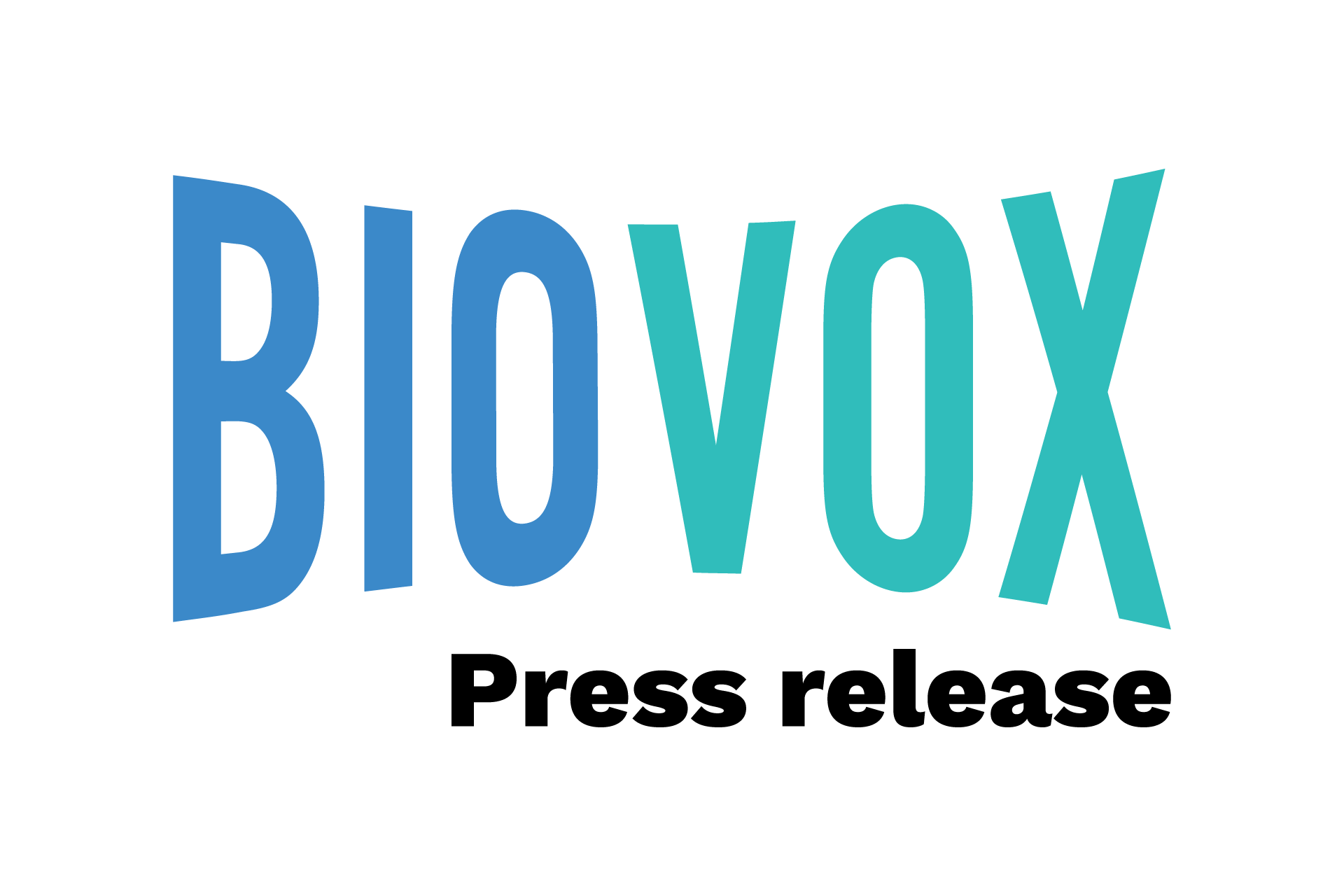Malformation of the veins is a seriously incapacitating condition and causes pain, local blood clotting and deforming lesions, which enlarge over time. These venous anomalies consist of enlarged veins with poor smooth muscle coverage and can gravely undermine quality of life. Scientists at the UCL and the de Duve Institute, in collaboration with the Harvard Medical School, have now presented their results exhibiting the first mouse model for venous malformations and a potential molecular therapy.
TIE-2 is an important receptor tyrosine kinase in blood vessel formation. In response to different molecular signals, TIE-2 is responsible for angiogenesis and vascular maturation. Hence, it isn’t surprising that mutation of TIE-2 is a common cause of vascular malformations. By injecting mice with endothelial cells expressing a common human TIE-2 mutation, the investigators were able to generate the first in vivo model of venous malformation.
Additionally, the researchers demonstrated the beneficial effects of rapamycin, a complex organic compound of bacterial origin. Rapamycin significantly lowered signaling of the mutant TIE-2 and reduced the growth of lesions and vascular volume. Following these promising results, a prospective clinical study was set up comprising 6 patients refractory of standard care. Rapamycin greatly diminished pain, bleeding and impairment and drastically improved the quality of life of all included patients, making it the first possible molecular therapy for venous malformations.
Reference
Boscolo, Elisa, et al. “Rapamycin improves TIE2-mutated venous malformation in murine model and human subjects.” The Journal of clinical investigation125.125 (9) (2015)


